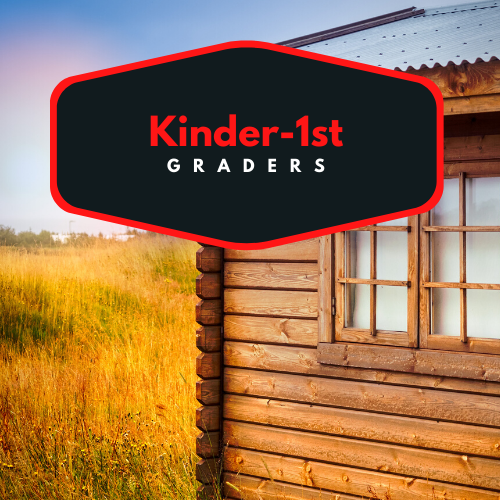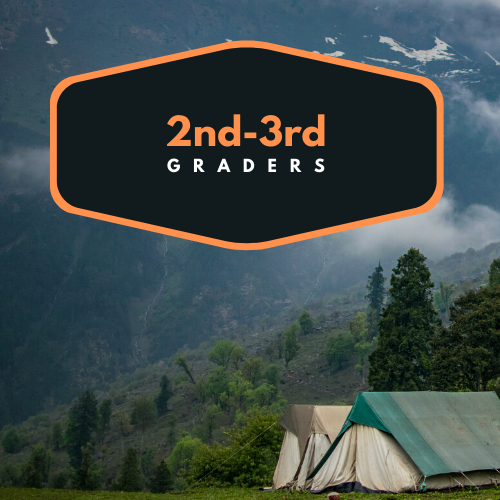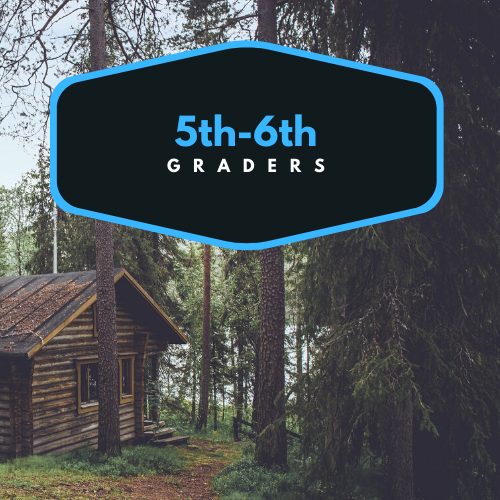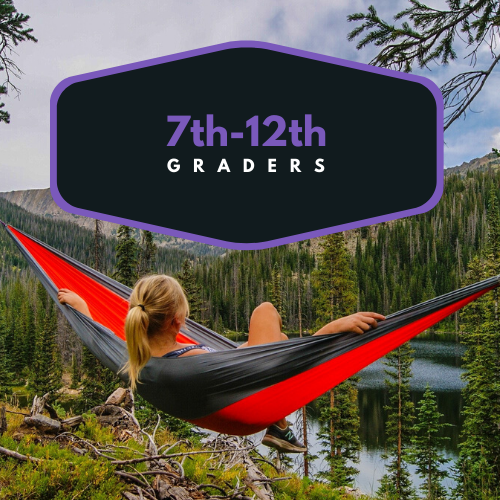Campers will learn progressive tool skills, such as overhand, square, larkshead, hitch, tautline, and sheet bend knots.
Start at the beginning and work until your grade level icon says, “CLICK HERE.”
Overhand Knot
At camp, we use overhand knots at the ends of rope to prevent fraying, to mark one foot lengths of a longer rope, and make friendship bracelets. Here’s how to create an overhand knot:
practice
Use an overhand knots to tie your shoes or add a knot to the end of a rope to prevent fraying.
Square Knot
At camp, we use square knots to connect two ropes and tie bandannas. Here’s how to create a square knot:
practice
Use a square knot to tie a bundle of wood, connect two ropes, fix a broken shoe lace, or tie a bandanna.
Girth Hitch
At camp, we use girth hitch knots connect a dishwashing drip bag to a clothesline when drying our dishes. Here’s how to create a girth hitch knot:
practice
Use a girth hitch knot to tie something to your backpack, start a macrame craft, or connect a friendship bracelet or craft to a key ring.
Clove Hitch
At camp, we use clove hitch knots to connect a clothesline to a tree for drying clothes and dishes and connect gear to carabiners. Here’s how to create a clove hitch knot:
practice
Use a clove hitch knot to attach gear, like a compass to a water bottle, whistle to a backpack, or bandanna to a carabiner.
Half Hitch
At camp, we sometimes use half hitch knots instead of clove hitch knots. Here’s how to create a half hitch knot:
practice
Use a half hitch knot to put up a clothesline on a tree or structure.
Taut Line Hitch
At camp, we use taut line hitch knots on tent ropes, such as rain-flys, guy lines, and more. Here’s how to create a taut line hitch knot:
practice
Use a taut line hitch to connect a rope to a stick or post. Then practice sliding the knot up and down the rope.
Types of Rope
Every type of rope has a unique purpose. Watch this video to learn about different types of rope and their purposes.
Prevent Fraying
Learn how to use heat, tape, and knots to prevent rope fraying.
Sheet Bend
At camp, we use sheet bend knots to connect two different types of rope, like when we hang decorations around camp. Here’s how to create a sheet bend knot:
practice
Use a sheet bend knot to connect two different size ropes.
Lashing
Square lashing connects two sticks or poles at a right angle.
Diagonal lashing prevents poles from twisting at angles.
Continuous lashing creates flat surfaces with multiple poles.
Tripod lashing helps create shelter and cooking structures.
practice
Use a lashing technique to create a camp chair, drying rack, table, cooking tripod, etc. If you’re interested in creating a tripod for outdoor cooking, watch this video for a great introduction:
Celebrate! Send us a picture or video of you completing a knots activity.
Let us know what you loved about the knots activities and what we can improve.
Return to the main Virtual Camp page to complete Tuesday’s closing activity.





















